The beck in Gunnerside Gill flows through a landscape that looks like something from the Lord of the Rings; an orcish encampment perhaps or the abandoned halls of some race of long-dead Men.
Sadly the truth is more prosaic although no less fascinating for that.
The steep-sided valley was the site of extensive lead-mining operations in the 17th, 18th and 19th centuries. Despite its remoteness, and the dangerous nature of the work involved, large numbers of men and boys living in Swaledale came to extract ore from the plentiful seams in the area. During the latter part of this period Yorkshire produced as much as 10% of the country’s lead.
The whole area of Gunnerside Gill is crisscrossed by a series of large lead-bearing veins, long, narrow seams which became visible from the surface as the valley sides were eroded. Mining probably began here many centuries ago, perhaps as early as Roman times.
At first the exposed veins were exploited by a process called hushing. Miners exposed the ore by building a dam across a nearby stream and then releasing the water in a flood which removed the surface soil. Remains of some of the dams are still clearly visible on the landscape. Hushing also caused the dramatic scars in the valley-sides which make Gunnerside Gill today so compelling.
Hushing continued to be used until the 19th century when all the surface veins were worn out. But workers had begun digging shafts and levels to get to the ore below the surface as early as the 1600s, although most of the excavations date from the 1800s.
Walking down from the head of the gill, it’s possible to trace the chronology of the industry. At the top end of the valley are the great gashes in the hillside caused by hushing and the remains of its dams. Lower down, the area is littered with buildings and structures related to the mines, some of which are listed as historic monuments.
There are huts once inhabited by workers and supervisors, storerooms, engine rooms, dressing floors where the ore was prepared for smelting, and various kilns. There are also numerous shafts and caves, although venturing any further than a few feet inside would be unwise.
Miners often worked together in teams. Their wage depended upon which area of the mine they were working; if it was a less productive area, they received more money in order to keep wages equitable. Each group stored its extracted ore in individual stone bunkers called bouse teams so that there was no confusion. A number of these bunkers are still standing in Gunnerside Gill today.
Blakethwaite Smelt Mill, halfway down the gill, was built in the early 19th century as a result of increased production from the underground levels. It was responsible for processing ore from the nearby Lownathwaite and Blakethwaite mines and was fueled by peat cut from the surrounding moorland. The ruins of the peat storeroom can still be seen.
A flue, running up the crag to a chimney above, drew off fumes from the mill, and a large waterwheel in the centre of the building powered the bellows which helped to heat the smelting hearths. The molten lead was then formed into ingots, or pigs. The term ‘pig’ comes from the practice of pouring the molten metal into a trench with molds branching off it; while they were cooling, they looked a little like piglets feeding from their mother. The molds were the pigs and the central trench was the sow.
For a list of Ian Cook's photography and TravelGumbo contributions, please click on this link

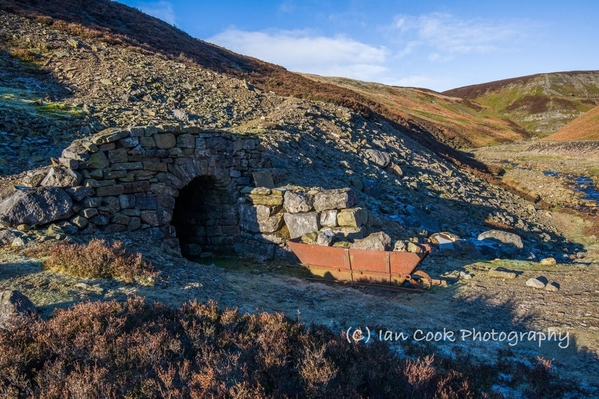
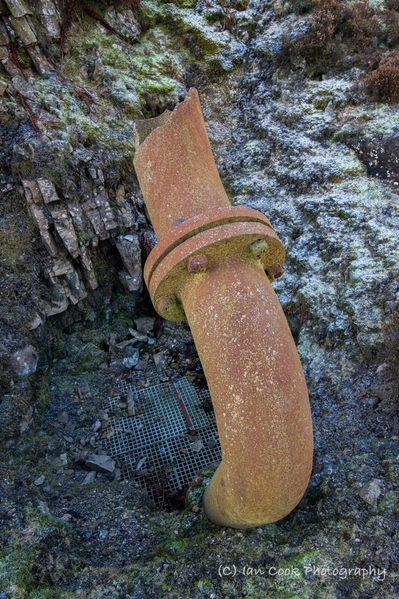
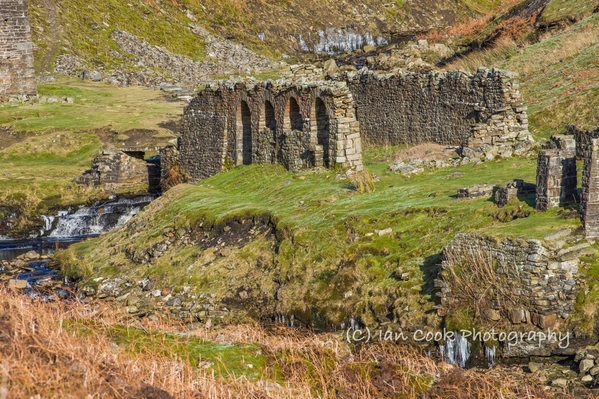
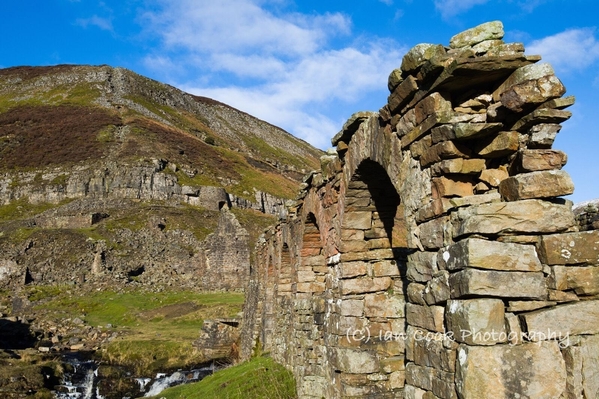
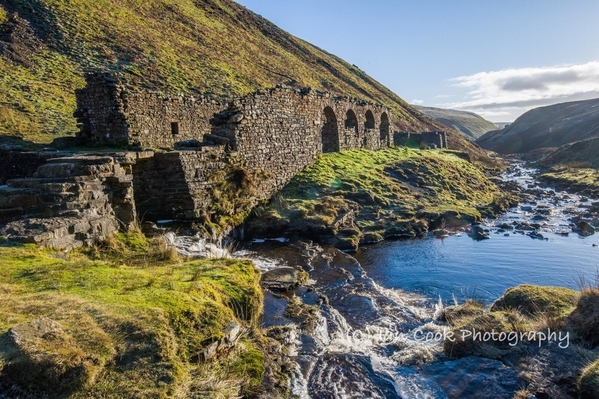
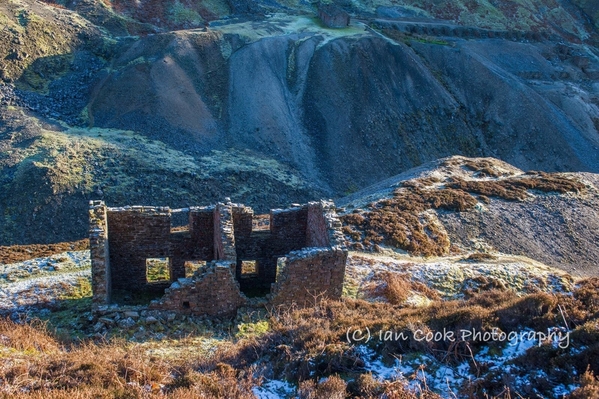
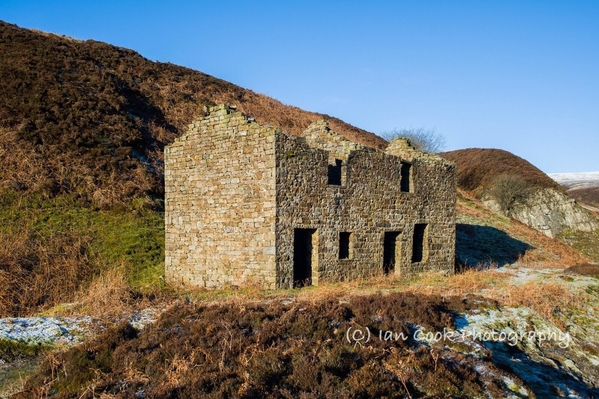
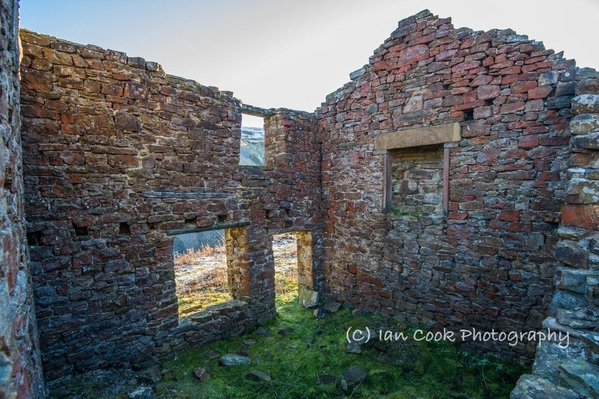
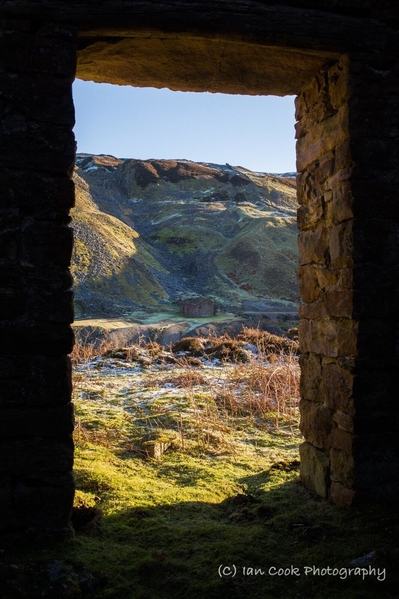
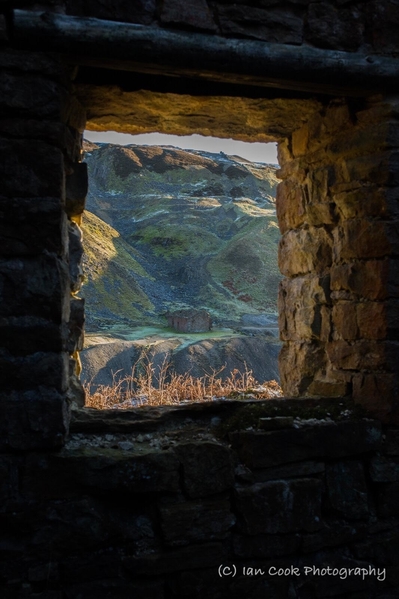
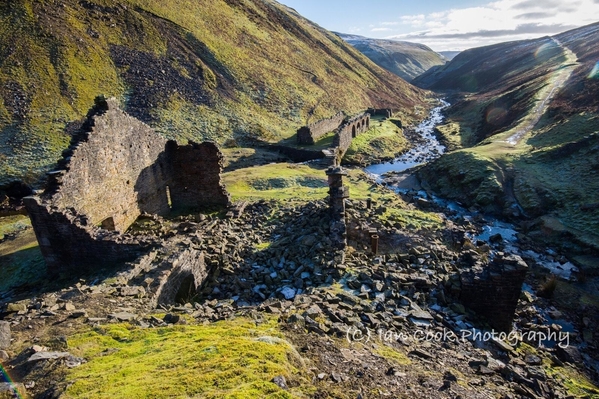
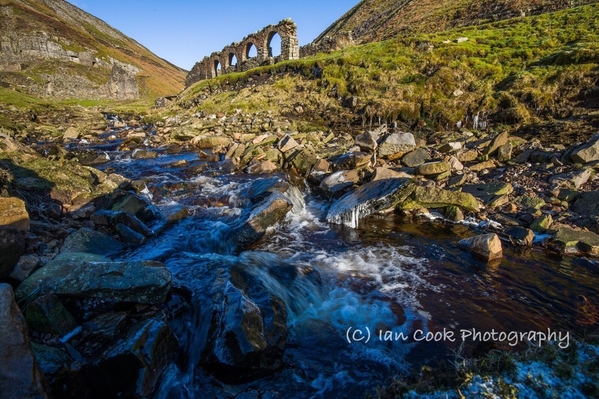
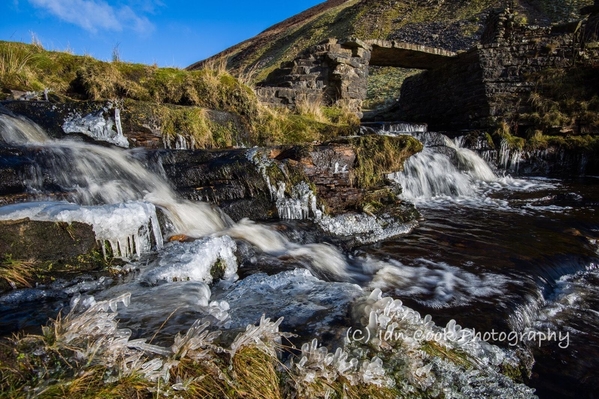
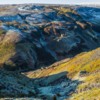
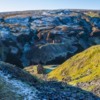
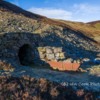
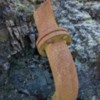
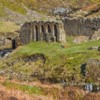
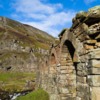
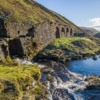
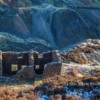
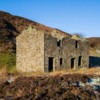
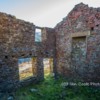
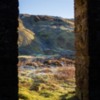
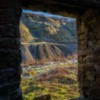
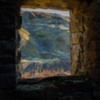
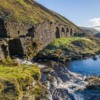
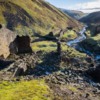
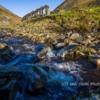
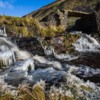
Comments (0)